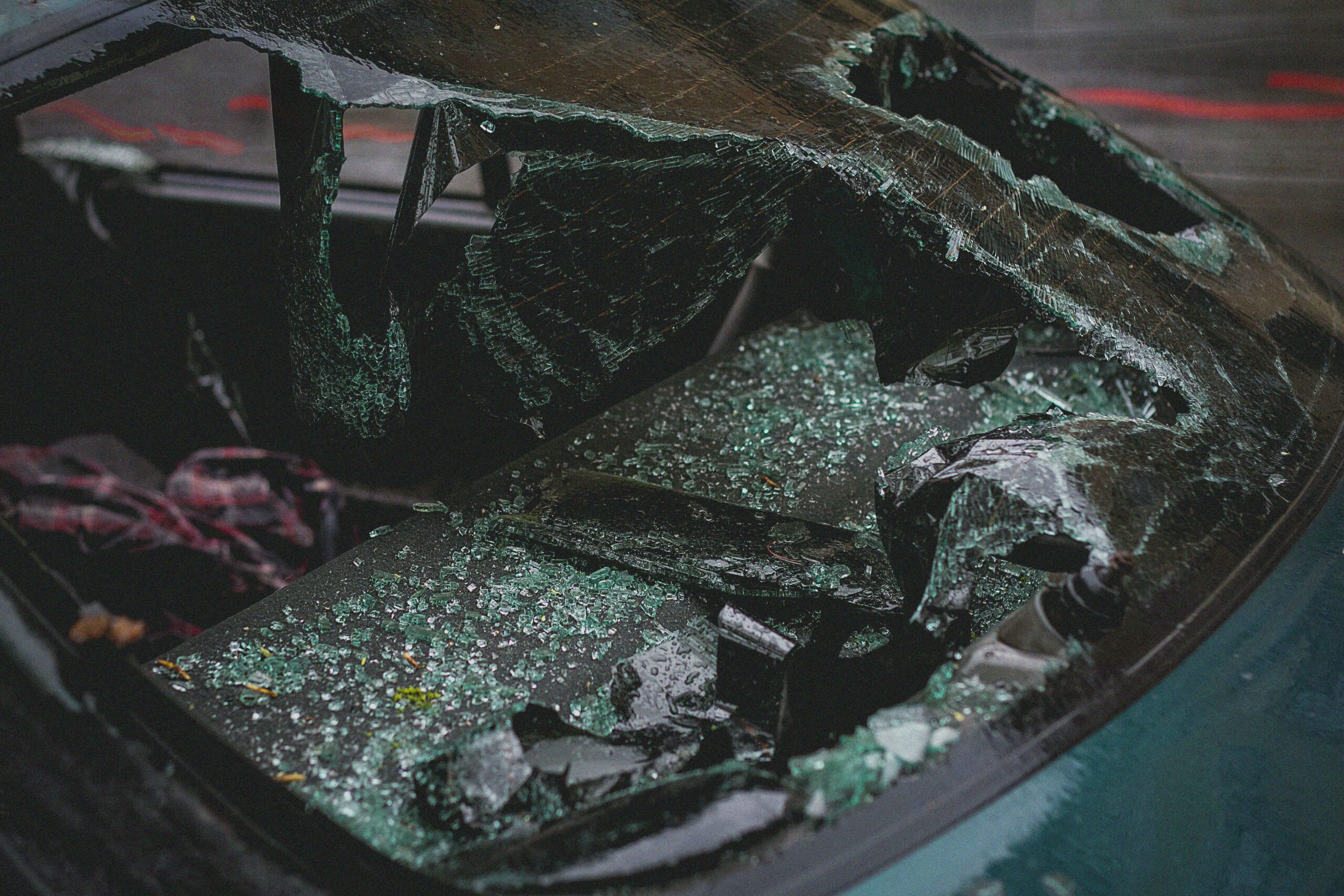Trespassing is a serious crime. When someone enters a property without permission, they may be guilty of several crimes, including burglary. However, trespassers still have certain protections under the law. If a trespasser is injured on a property, it may be the fault of that property’s owner. Whether or not a trespasser can sue the property owner is highly dependent on the nature of the injury.
Trespassers Have a Reasonable Expectation of Safety
Imagine someone sneaks into a home while the owners are away. It is dark, and this trespasser is unaware that the kitchen is being remodeled. They walk into the kitchen, only to step on nails and a saw that was left on the floor. Jumping backward from the sudden shock and pain, the trespasser lands on a live wire, suffering an electric shock. In a situation like this, the trespasser is unlikely to have grounds for a lawsuit. The owners have no obligation to protect or warn intruders of these kinds of dangers. They are obligated to warn only authorized visitors of the home, or “licensees.”
However, an owner cannot lay traps for intruders. Consider Kevin McCallister, the little boy in the movie Home Alone. We may laugh when the Wet Bandits burn their hands on trick doorknobs or cut their feet on Christmas ornaments. However, Kevin is technically breaking the law. Property owners have an obligation to warn intruders of dangerous traps, dogs, etc. Property owners may lay beartraps along their property, but they need a clear, visible warning sign. If they have a dangerous dog for protection, they need a “BEWARE OF DOG” sign.
Attractive Nuisance
The attractive nuisance doctrine is designed to protect children. Essentially, it is built on the philosophy that kids are not fully aware of the consequences of their actions. When kids see something “attractive,” they may be drawn to it and hurt themselves. These items could include trampolines, swimming pools, empty refrigerators, etc. There are no hard-and-fast rules for what is or isn’t an attractive nuisance. Basically, a property owner is responsible for looking over their property and asking themselves, “Is there a dangerous item here that a child may want to play with?” If the answer is “yes,” then that owner has an attractive nuisance. The attractive nuisance doctrine could even apply to teens. Most teenagers are aware that trespassing is illegal, but even they may see something that is too tempting to pass up.
Property owners must shield children from an attractive nuisance on their property. Fences and other barriers are necessary, and these barriers must be sound. If there is a hole or some other flaw a child could easily bypass, owners can be held responsible for a child’s injuries.
Speak With an Attorney
If you’ve been harmed on someone else’s property, even if they accuse you of trespassing, you may still have grounds for a lawsuit. Allow a skilled lawyer to investigate the facts of your case. If they see negligence on the part of the property owner, they may be able to seek compensation for your injuries.
Similarly, if your child was harmed by a dangerous item left in the open, seek legal counsel. Medical bills can start piling up, and you may need compensation. You could also be awarded damages for your child’s pain and suffering, as they were incapable of understanding how they could be harmed.
For help with a premises liability claim, contact us today. Our number is 888-4-ZEN-LAW, and you can contact us online








